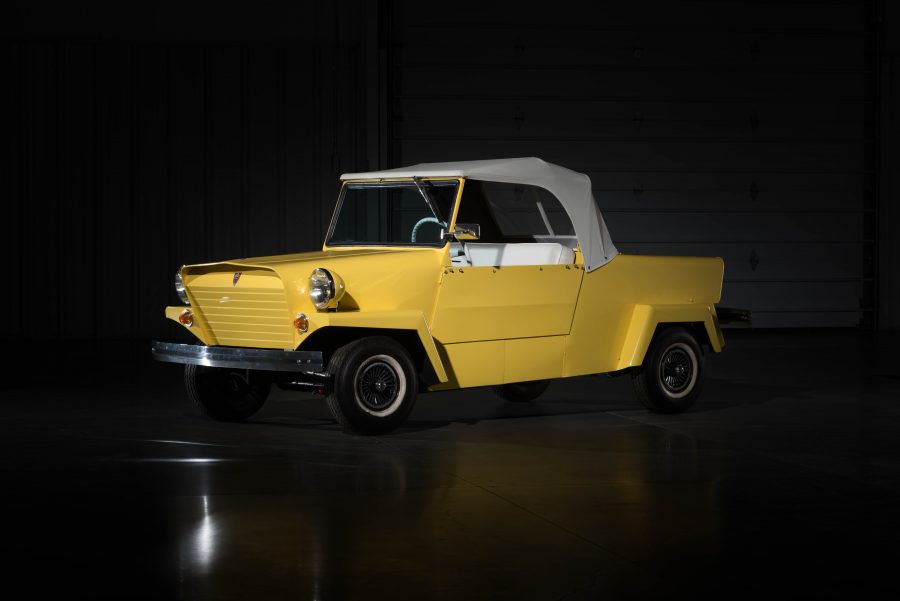This fully restored King Midget Model 3 features a non-standard Briggs & Stratton V-twin engine with an automatic transmission. From the Tammy Allen Collection.
1962 King Midget Model 3


This fully restored King Midget Model 3 features a non-standard Briggs & Stratton V-twin engine with an automatic transmission. From the Tammy Allen Collection.
Your cart is currently empty!
